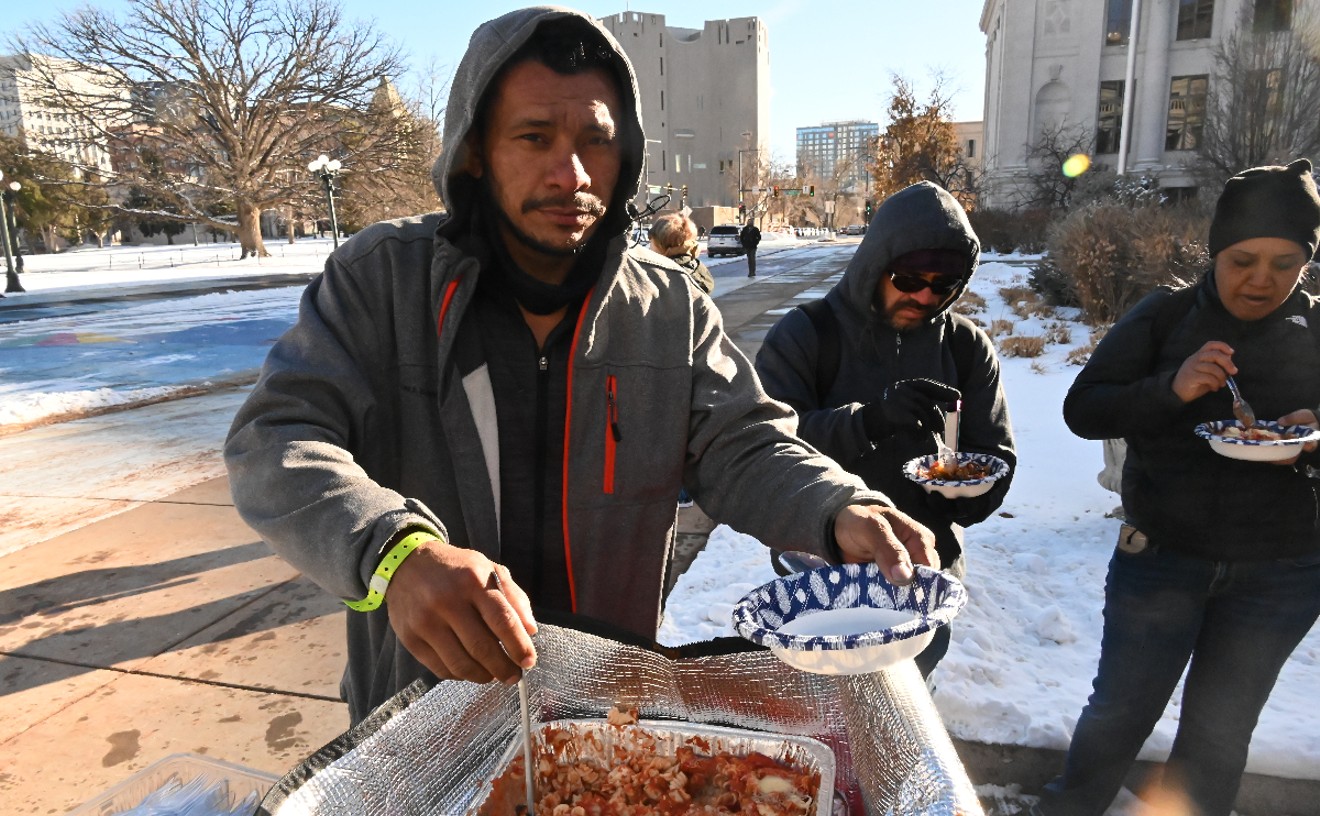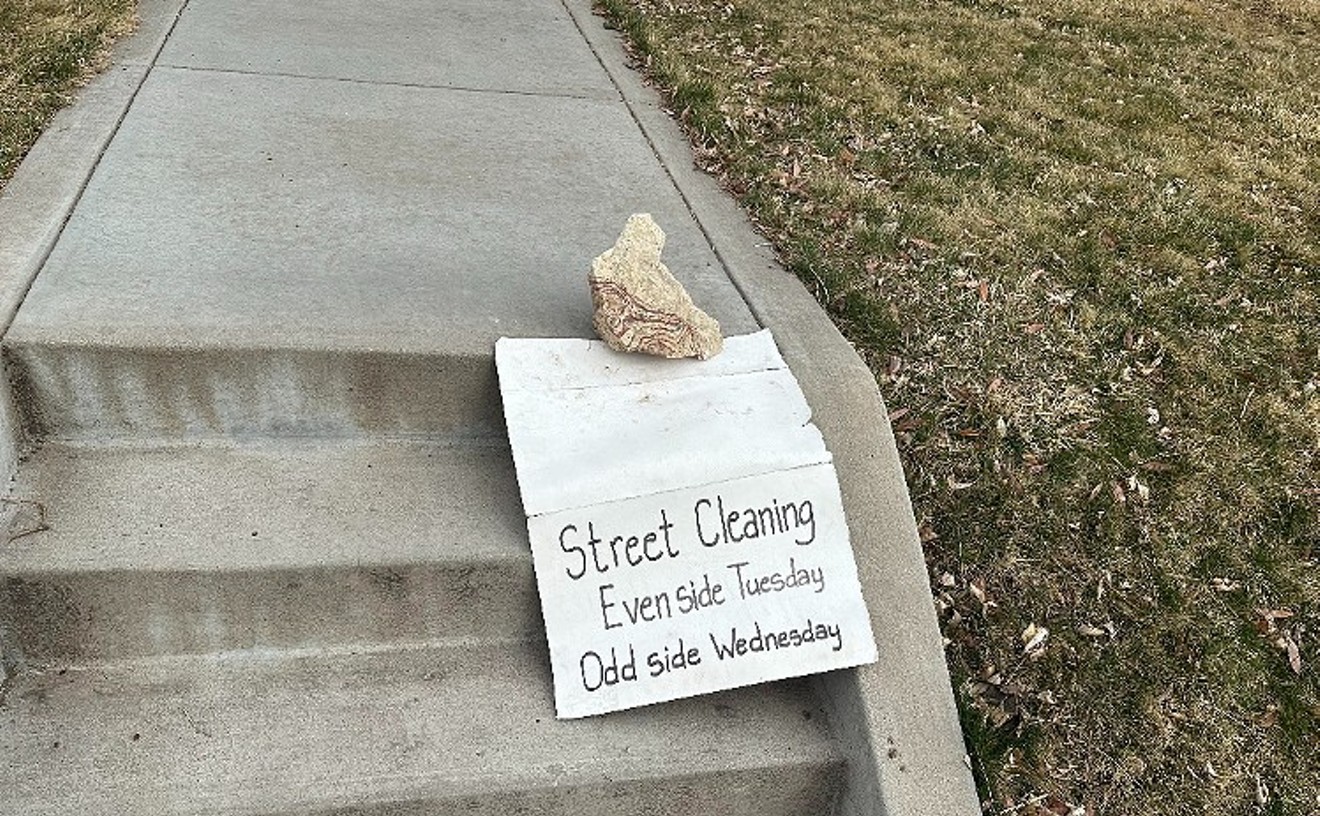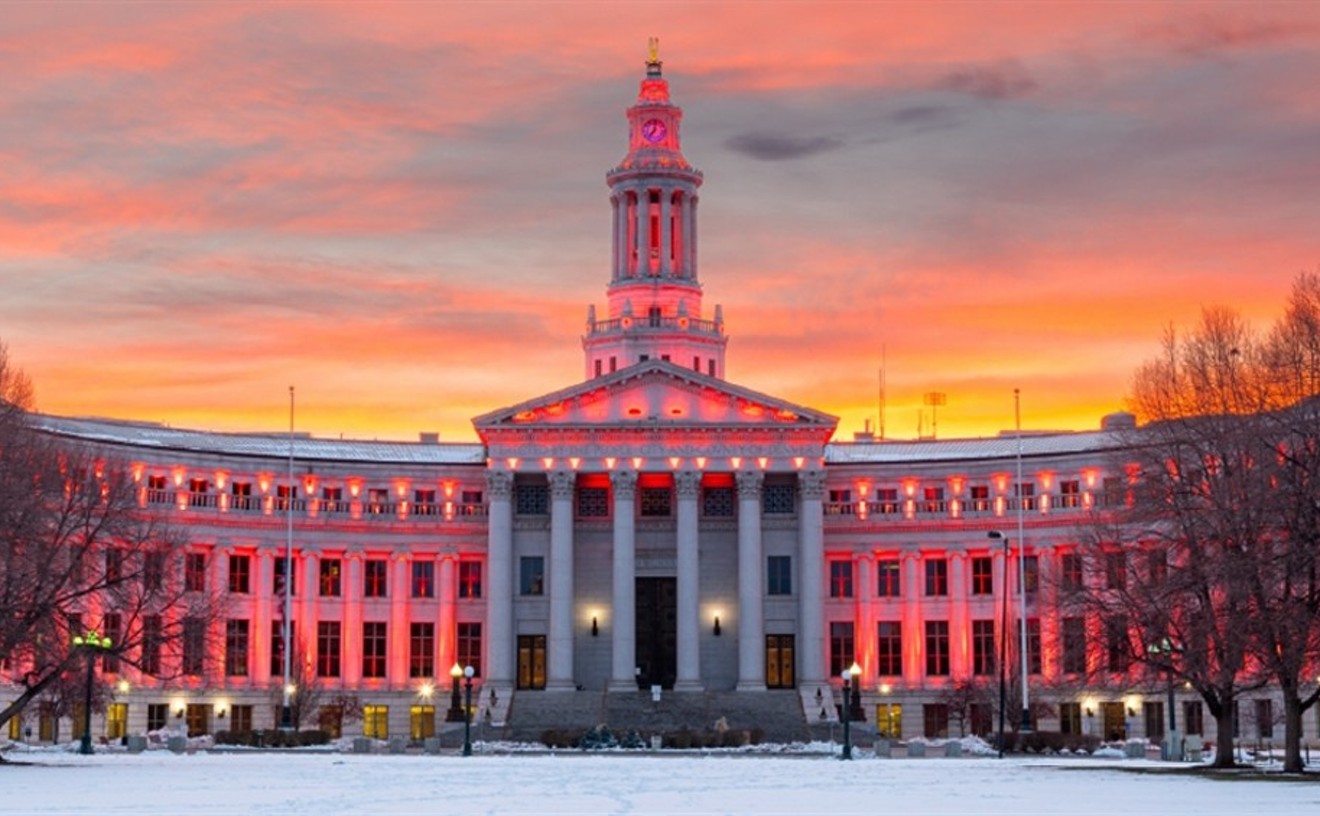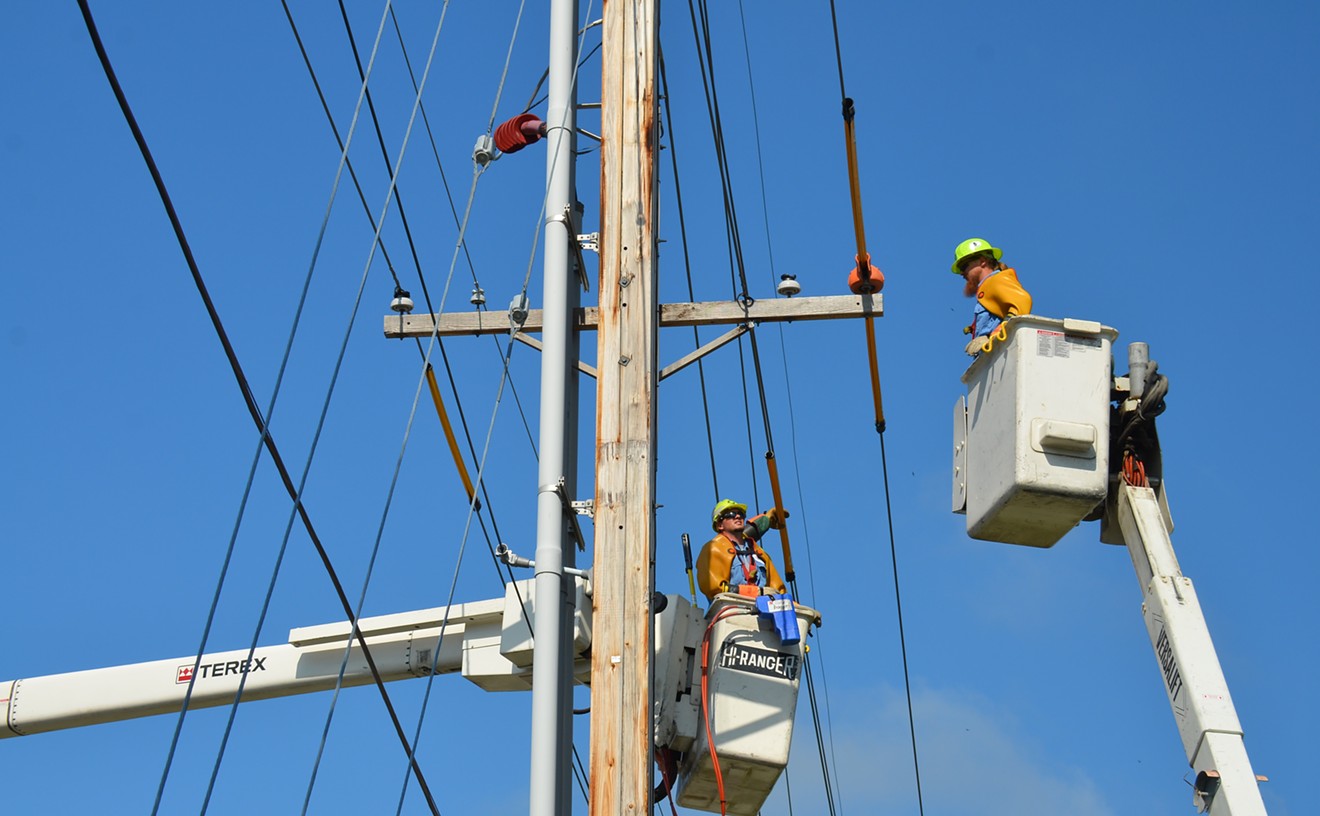Dave Byrd, director of risk and regulatory affairs for the Colorado-based National Ski Areas Association, thinks the ski industry gets unfairly criticized for a lack of transparency when it comes to fatalities and accidents at resorts across the country. Each year, he points out, the NSAA publishes statistics about fatalities and catastrophic injuries on its website, with fact sheets linked below revealing that 44 people died and 33 others suffered paralysis, broken necks, broken backs and severe, life-altering head injuries while skiing or snowboarding at U.S. ski areas during the 2016-2017 season.
In Byrd's view, informing the public about these incidents is an important way of conveying that skiing and snowboarding carry risk. However, he says, "I think there's a misperception out there about how dangerous the sport of skiing is. The fatalities are low compared to the number and volume of skiers we have nationwide, and we try to place that into context. For example, people are surprised when they find out that fewer people die skiing than die by lightning."
According to the NSAA risk-management bulletin, an average of 73 people are killed and over 300 are injured per year as a result of lightning.
By our count, fourteen of the 2016-2017 skiing and snowboarding casualties took place in Colorado. But the NSAA doesn't publish facts and figures about incidents in individual states. "We are the national trade association, and there are fifteen to eighteen individual state or regional associations," he points out. "When you're averaging 38 or 39 fatalities a year, as we have been, there may be only one or two or three a year in some states. It really fluctuates with such small numbers. So we defer to the state associations to release their own information."
He adds, "We don't want to create the perception that if California had five incidents and Oregon had three, California is more dangerous than Oregon. It doesn't play out that way when you're dealing with such small numbers in terms of fatalities."
Thus far, the 2017-2018 ski season in Colorado underscores Byrd's point about variations in statistics. At this writing, two people have lost their lives while skiing or snowboarding at a state resort during this period: Collin Zak died at Monarch, a resort in Chaffee County, on December 2, 2017, and Nathan Enright was taken off life support on December 5 after a crash at Keystone.
Two other notable skiing deaths have taken place since then: Abel Palmer died as a result of an avalanche near Silverton on January 21 and Samuel Failla perished east of Vail on February 5. But even though Failla was a ski instructor at Vail, both he and Palmer died outside the boundaries of a ski area. That means their deaths won't be included in NSAA stats, and Byrd feels that's proper, since a resort can't control what happens when people choose to go beyond approved public areas.
In addition, Byrd acknowledges, "we don't break things down by resort and say, for example, that Acme Ski Area in Wyoming [a fictional resort he uses as an example] had two fatalities. I'm pretty sure almost all of the resorts will issue press releases in terms of fatalities, and certainly the media tracks that."
True enough, but incidents can fall between the cracks. For instance, Lynda Weston Taylor, mother of Jason Taylor, who died skiing at Keystone in January 2016, recently told us that "Jay's death was immediately well known by employees and visitors within the Keystone Resort complex," but "it went suspiciously unreported to the media until I notified various outlets a month later."
Such delays in sharing information aren't always a ski area's fault, Byrd argues. He points out that "there are going to be instances where a fatality has happened and the ski area doesn't know about it because a person has been transported to a hospital and the actual passing occurs later" — something that happened in the case of Enright, whose injury took place at Keystone on December 2, three days prior to his death. "And there are some family members who don't want information reported out by the ski area for personal, private reasons that any industry would respect."
At the same time, Byrd makes it clear that safety is of paramount importance to the NSAA and its members.
"One of the three purposes in our bylaws is to promote safety both within the workplace and on the mountain with the guests," he says. "It's something ski areas all over the country take extremely seriously, not just because we have a moral obligation to protect the safety of our guests, but also because we want our guests to come back time and time again to rent more skis, take another lesson, stay in our lodges. To have an injured guest tell people, 'I got injured at Acme Ski Area' doesn't do our sport any good. So emphasizing safety is incredibly important, and ski areas go to incredible lengths to do that."
For one thing, he continues, "no law calls for us to have ski patrols. We're not required by statute or by insurance companies. But we do it to keep the public safe — and on top of our paid, professional ski patrollers, there are 31,000 volunteer ski patrollers. That number alone should give you an indication of how important safety is for our ski areas."
Byrd also references "daily and weekly meetings about safety and safety reviews where incidents are analyzed to detect trends and figure out better ways to prevent these kinds of incidents from happening in the future. We'll ask things like, 'Do we need to create a wider trail? Do we need to do a better job of signage?' And we'll do more personal one-on-ones with guests, like encouraging them to wear helmets or take lessons. Many people will go away from the sport for five or six years when they're having kids and starting a family, and taking a refresher lesson where they can reacclimate themselves is a fantastic idea."
The NSAA sponsors numerous safety campaigns, too, including #RideAnotherDay, about responsible skiing; offers tips about the dangers of tree wells and other hazards; and gives annual safety awards to resort personnel as a way of reinforcing the message.
Fatal accidents continue to happen, though, and as the NSAA stats show, the 44 casualties during the 2016-17 season are up from both the 39 that occurred in 2015-16 and the ten-year average of forty. In contrast, the 33 catastrophic injuries represent a substantially lower mark from the average of 48 per annum over the past decade.
"Skiers and snowboarders can catch an edge or lose control and ski into a tree," Byrd acknowledges. "So the more we can remind people to be safe out there, the better it is for everyone."
Click to read the National Ski Areas Association fatalities fact sheet for 2016-17 and the NSAA's catastrophic injuries fact sheet for the same season.
[
{
"name": "Air - MediumRectangle - Inline Content - Mobile Display Size",
"component": "12017618",
"insertPoint": "2",
"requiredCountToDisplay": "2"
},{
"name": "Editor Picks",
"component": "17242653",
"insertPoint": "4",
"requiredCountToDisplay": "1"
},{
"name": "Inline Links",
"component": "18838239",
"insertPoint": "8th",
"startingPoint": 8,
"requiredCountToDisplay": "7",
"maxInsertions": 25
},{
"name": "Air - MediumRectangle - Combo - Inline Content",
"component": "17261320",
"insertPoint": "8th",
"startingPoint": 8,
"requiredCountToDisplay": "7",
"maxInsertions": 25
},{
"name": "Inline Links",
"component": "18838239",
"insertPoint": "8th",
"startingPoint": 12,
"requiredCountToDisplay": "11",
"maxInsertions": 25
},{
"name": "Air - Leaderboard Tower - Combo - Inline Content",
"component": "17261321",
"insertPoint": "8th",
"startingPoint": 12,
"requiredCountToDisplay": "11",
"maxInsertions": 25
}
]














